I am trying to mesh a complex geometry composed of 3 kinds of materials, like below:
The geometry is imported from a *.stp file.
I defined several physical surfaces and 3 physical domains in the geo file:
Physical Surface("air-case", 1) = {50, 42, 41, 40, 48};
Physical Surface("case-thermal", 2) = {32, 15, 22, 21, 25};
Physical Surface("thermal-grain", 3) = {2, 7, 6};
Physical Surface("thermal-fluid", 4) = {30, 27};
Physical Surface("burning", 5) = {3, 4, 5, 10, 13, 9, 11, 12};
Physical Surface("case-sym", 11) = {49, 51, 34, 43, 44, 47};
Physical Surface("thermal-sym", 12) = {24, 28, 14, 23, 29, 33};
Physical Surface("grain-sym", 13) = {8, 1};
Physical Volume("case", 1) = {6, 5, 7};
Physical Volume("thermal", 2) = {2, 3, 4};
Physical Volume("grain",3)={1};
The picture looks ok at first glance. The vertices near material boundaries are well aligned, see enlarged views below:
However, inside the geometry (actually, near the middle of the cylinder part), you can find the vertice are not aligned
It is wired because, on the boundary of the green and yellow material, all the vertice are aligned. Even though the output mesh contains duplicated points, I can easily remove duplicated ones according to the coordinate. I think this means gmsh does have the ability to ensure this.
However, near the yellow/blue interface, vertice just randomly distributes on two sides, it is then impossible to connect the vertices without modifying the coordinates.
I think there must be some way to ensure gmsh to use the same vertex on both sides of the interface, but I didn't find relevant information in the document. Any suggestions?


